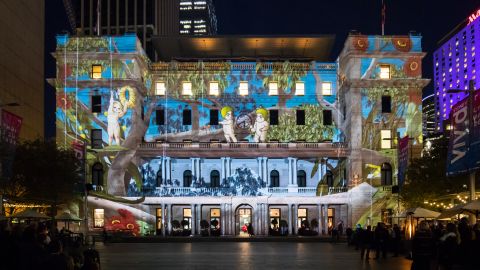Circular Quay’s Customs House was the gateway to Australia for more than a century, welcoming goods and people from across the world.
Today, more than a million visitors each year flock through its doors to enjoy the Georgian-listed building’s restaurants, library, exhibition spaces and stunning harbour views.
The City of Sydney has leased the building since 1994. This month, the City bought it outright from the Australian Government so the building can continue to stay in public hands.
City historian Dr Lisa Murray said the 174-year-old building once oversaw all imports and exports, immigration and narcotics control, and even regulation of books and films.

“The role of customs has always been a dual role of revenue raising through taxing trade, and protecting society from socially unacceptable goods, products, ideas and diseases,” Dr Murray said.
“In Sydney’s early days as a commercial centre, smugglers were active not only in relation to banned goods, but to any goods that attracted a significant tariff.
“Opium for instance was legal until well into the 20th century, but attracted a high tax, so it was at the centre of many smuggling scandals.
“The government first introduced income tax during World War I. Before this, customs income was the chief source of government revenue.
“As late as 1924, customs tax still contributed more than 70% of the nation’s revenue, meaning Customs House played an enormous role in funding Australia during the early years of federation.”
The current services at Customs House will remain while the City of Sydney reviews how it can improve the building for future generations.
Published 5 April 2019, updated 18 April 2019



